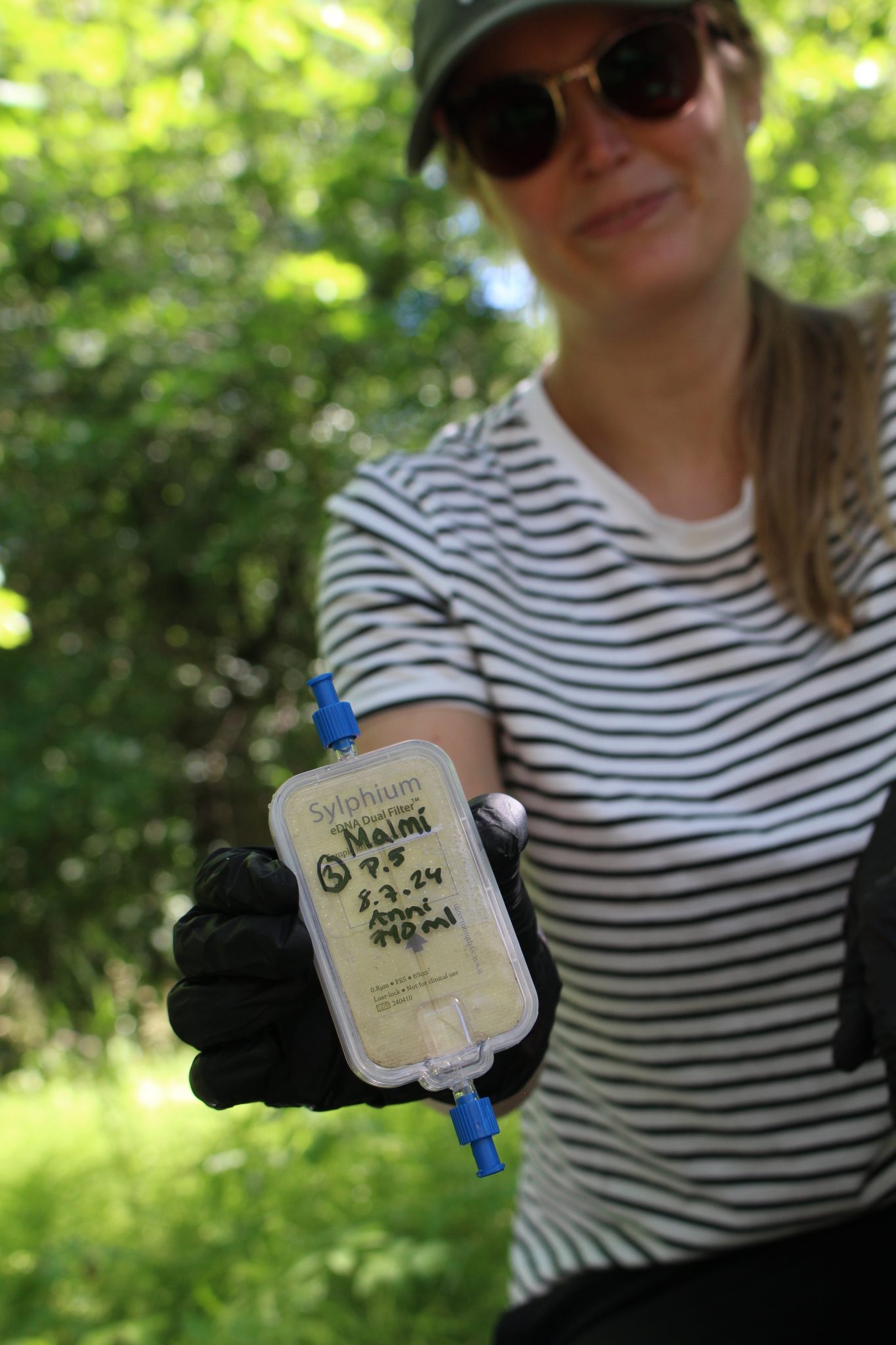Testing the eDNA method: Does the thick-shelled river mussel live in Longinoja, Helsinki?
When it comes to Helsinki' environmental control and land use planning, it is important to map the chemical and ecological quality of surface waters. Can a new innovative method enhance the study of water bodies and support their biodiversity?
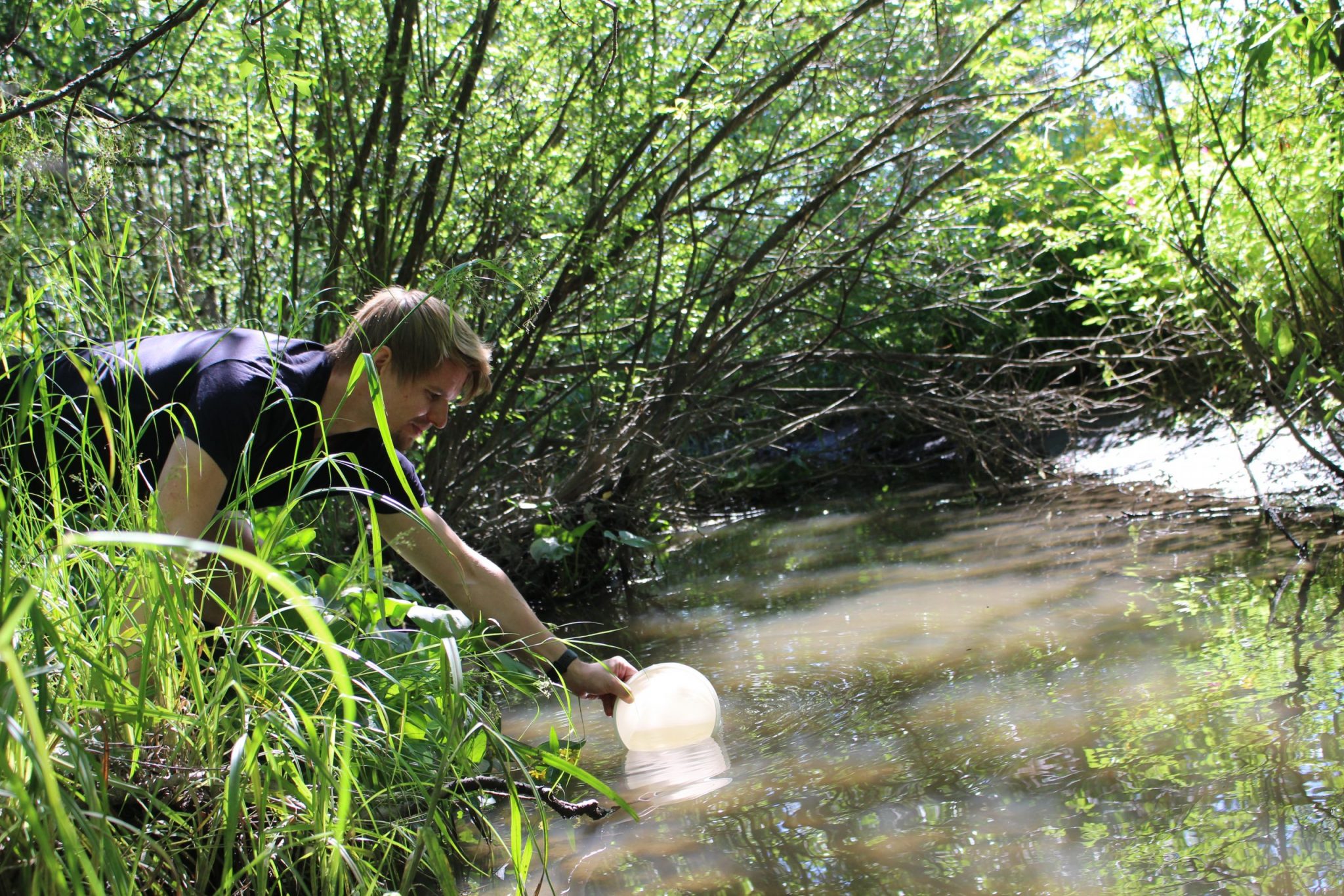
The water sparkles idyllically in the sun, surrounded by lush vegetation. This time, our testbed for new innovations is Longinoja, one of Helsinki’s most important trout streams. The construction of Malmi Airport affects the Longinoja area, making the water body particularly relevant now.
To support land use planning and environmental protection, the ecology and biodiversity of Helsinki’s small water bodies are being mapped, among other things, with a blue network survey. The blue network survey can utilize a new environmental DNA (eDNA) method, which has been piloted globally in recent years for mapping biodiversity, detecting endangered species, and monitoring the spread of invasive species. Now, this new method is also being tested in Longinoja, Helsinki. We are testing the eDNA solution from the Helsinki-based company SpringDNA, which opens up new possibilities for obtaining more accurate information quickly and cost-effectively.
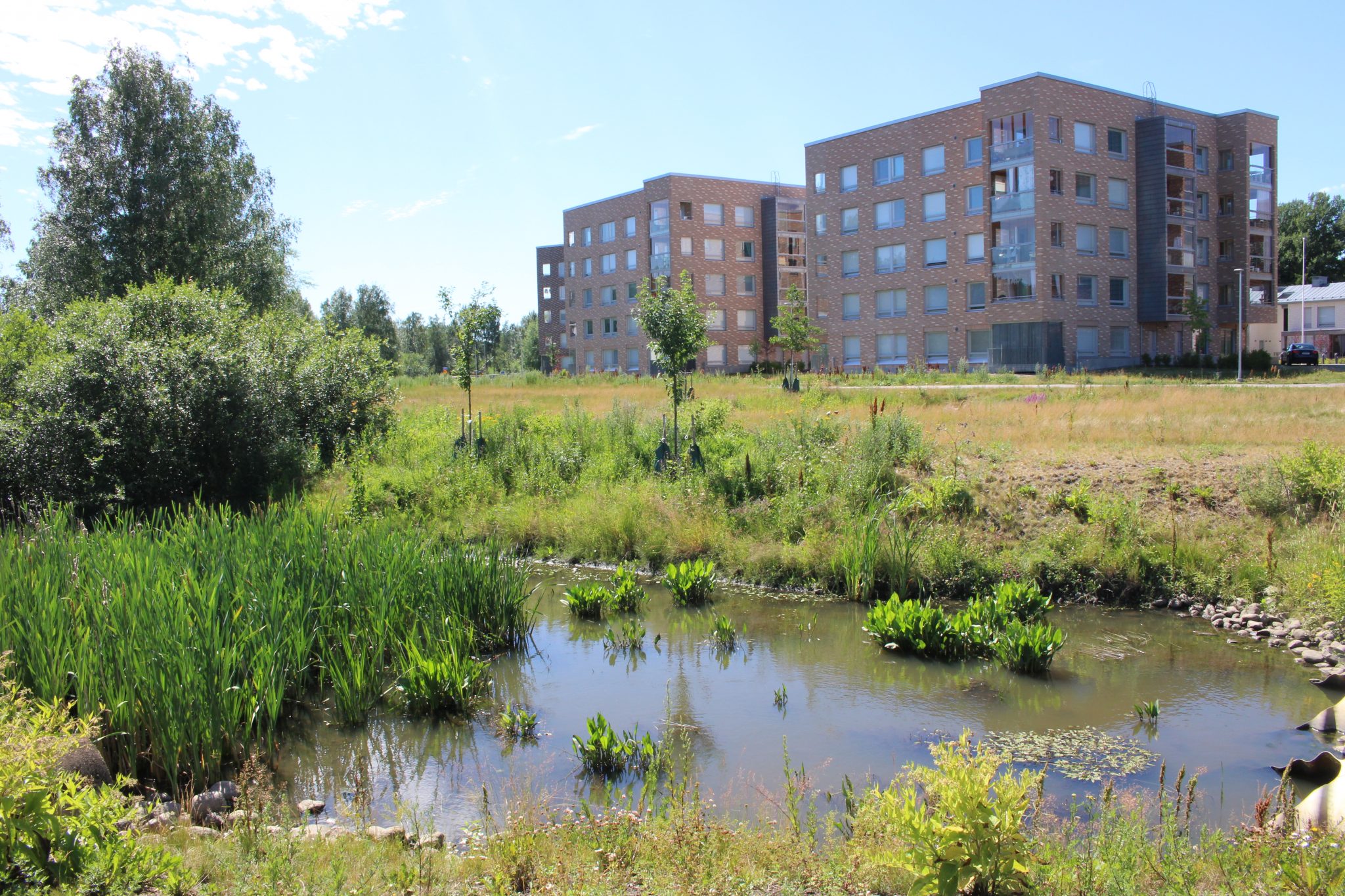

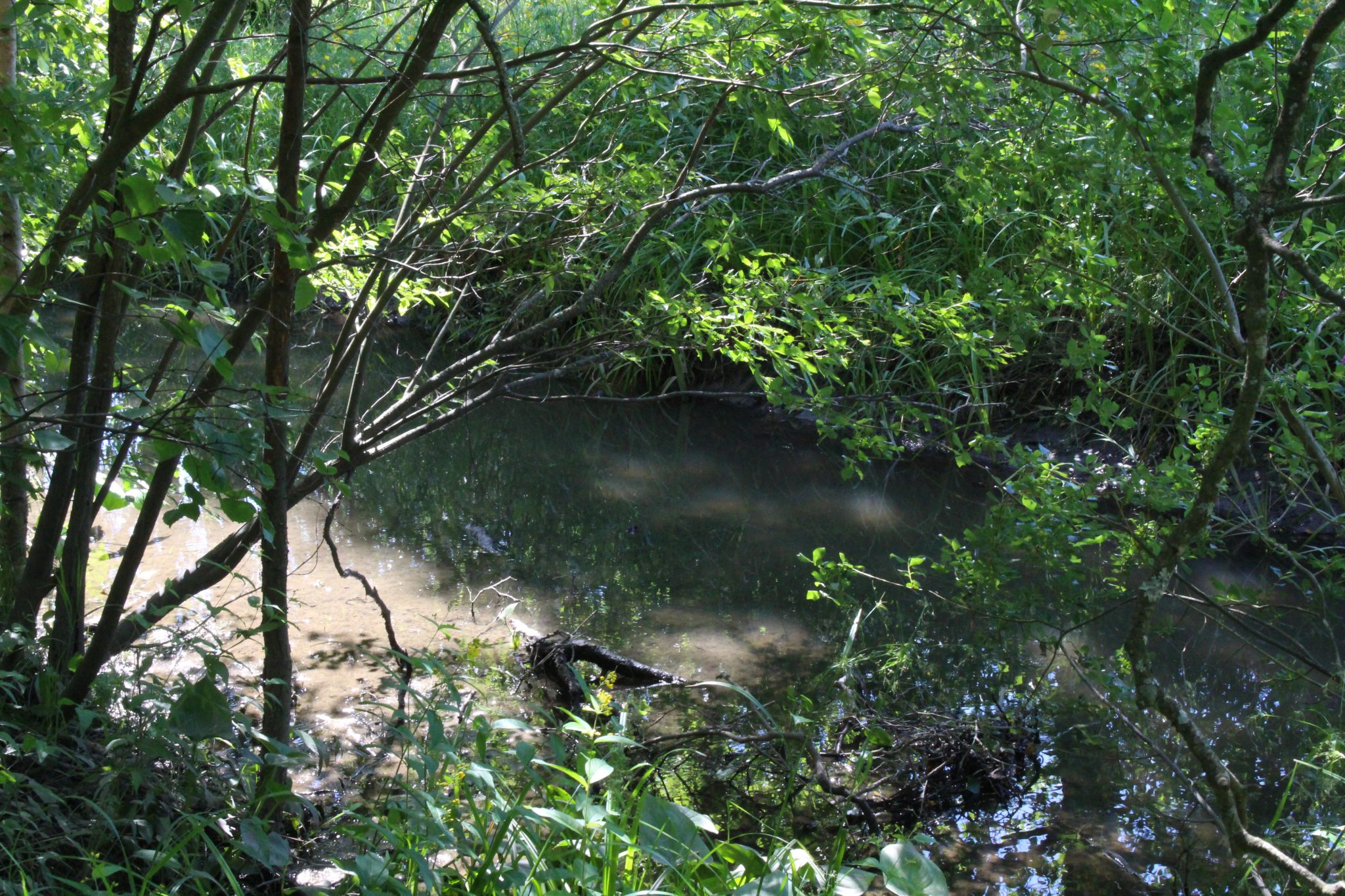
Testing the eDNA analysis of endangered mussels
— The new method aims to determine whether the endangered thick-shelled river mussel can be found in Longinoja, says Anni Korhonen, Researcher from the City of Helsinki.
The aim is to try to detect DNA of the thick-shelled river mussel from water samples using eDNA analysis. This can show, how widely the species is spread. Samples were taken in July 2024, and the first results of the experiment will be heard during the autumn.
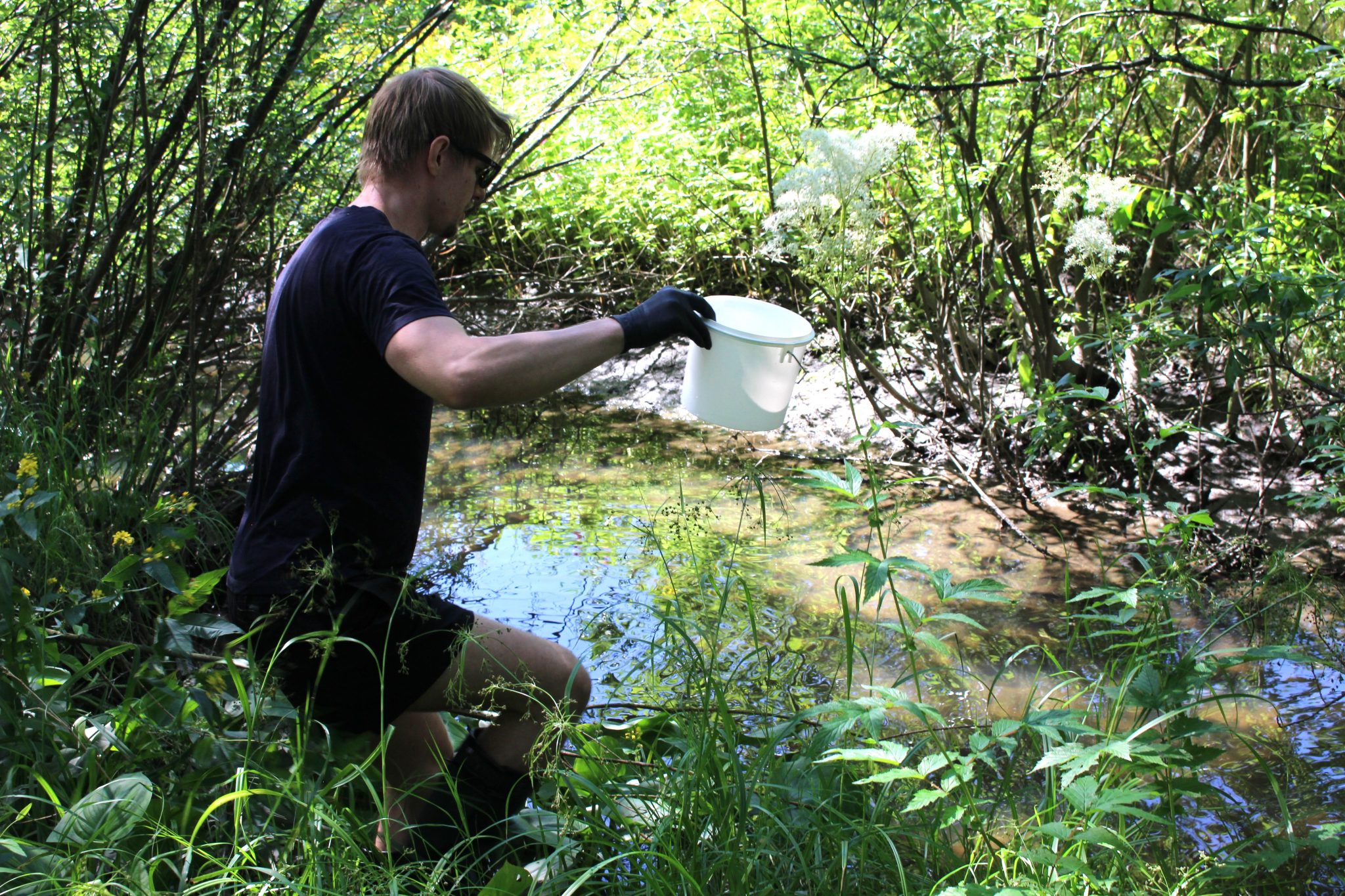
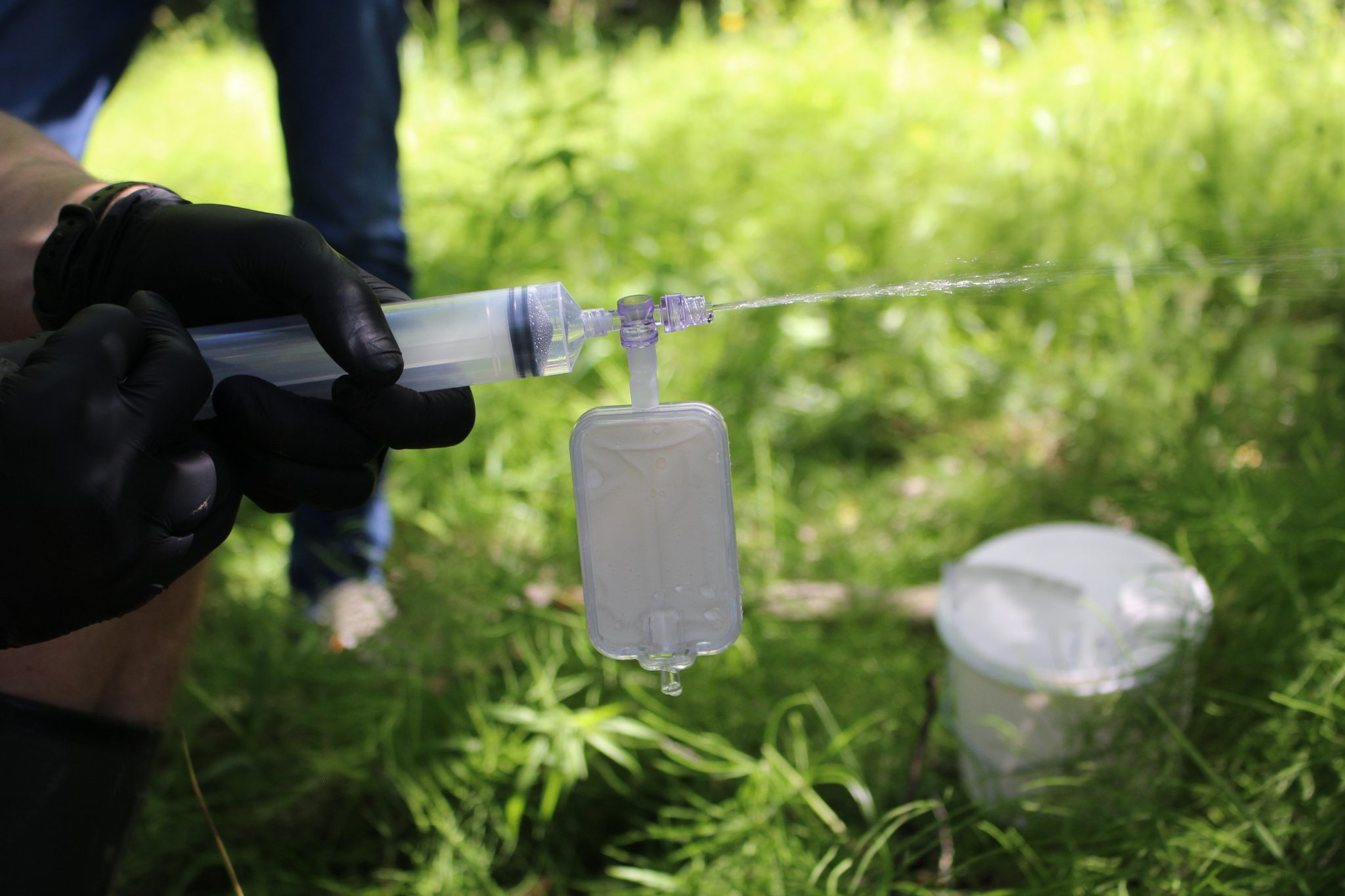
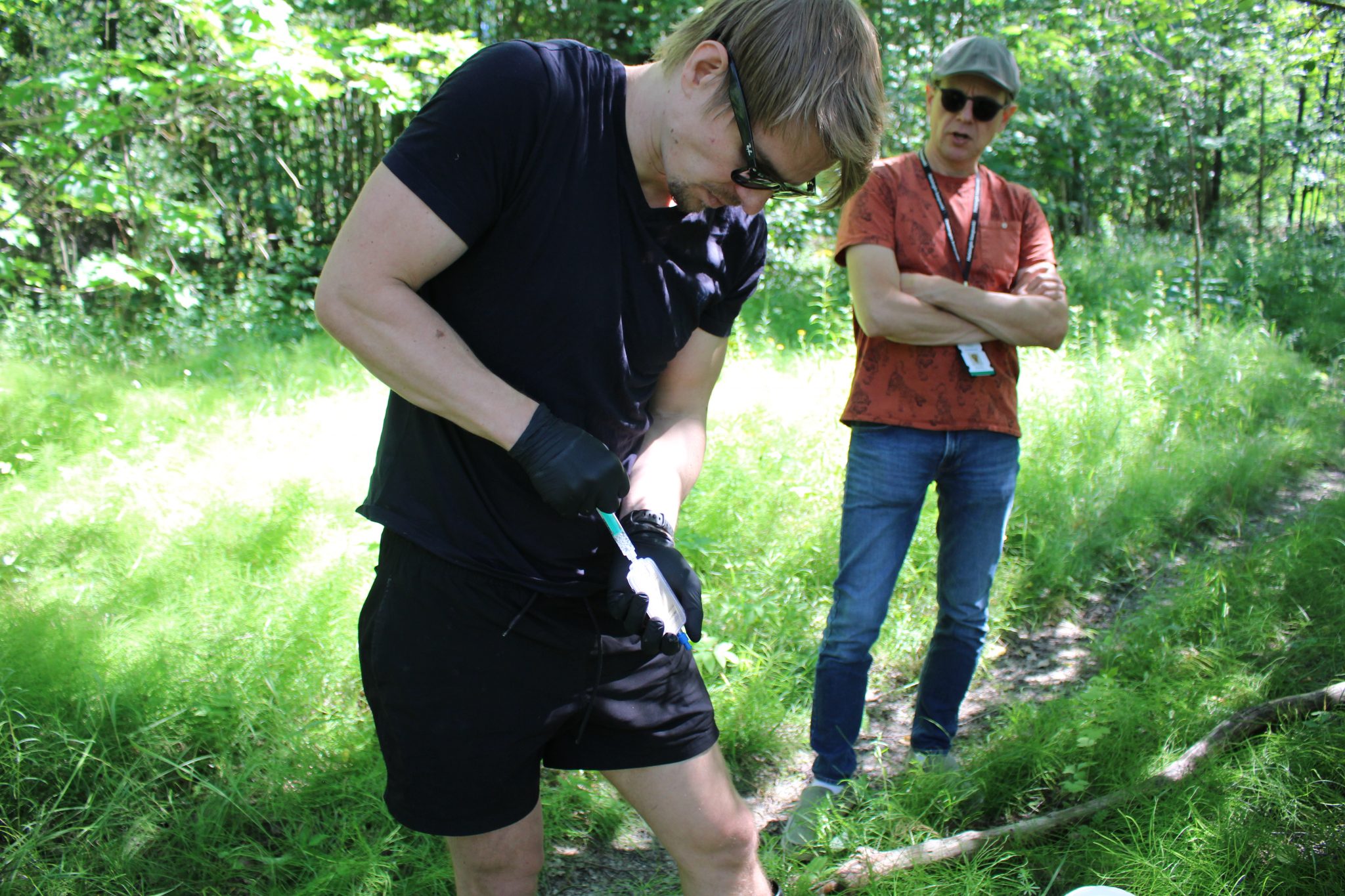
— It will be interesting to see, if the new technology is suitable for mapping the biota of streams. We want to find out, whether the method could be more widely used in Helsinki’s small water bodies, says Korhonen.
Pekka Heiskanen from SpringDNA is looking forward to the results:
— Environmental DNA is a globally relevant topic, so it is positive to see that the City of Helsinki is also interested in testing new innovations in this area. Research shows the reliability of the new eDNA method. Our goal in this experiment is to implement it as reliably as possible.
— The subject of the trial is new to us and very important for the city’s environmental protection. Testbed Helsinki’s activities are altogether beneficial for the city and provide the collaborating companies with an opportunity for efficient testing and product development, adds Mikko Martikka, Senior Advisor for the testbed activies in Built Environment at Business Helsinki’s innovation services.
